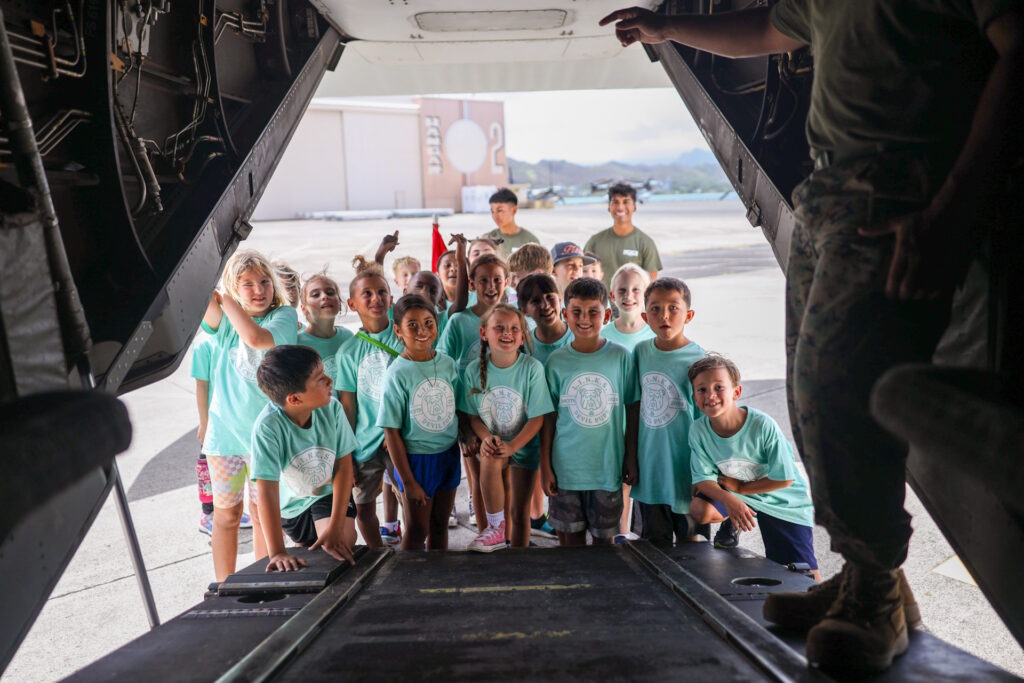“Originally called the ‘Kona Hawaiian Resort,’ the new hotel’s developers renamed it ‘to better reflect its environment and because operations will be under management of Hawaiian Pacific Resorts, operators of Hilo Lagoon.’” (HTH, Nov 9, 1972)
“Located next to the Keauhou Beach Hote on Alii Drive, the new Lagoon is a joint venture between Hawaiian Pacific Management Resorts and Mitsubishi of Japan.” (HTH, May 30, 1973) The 462-room hotel opened April 6, 1973
“A prime feature of the resort will be a 600 person capacity convention hall in Polynesian longhouse design.” (HTH, May 30, 1973) “With the completion of the Kona Lagoon hotel recently my list of impressive buildings on this island is up not one, but two!”
“Portions of this new hotel are the equivalent of an artistic museum of Hawaiian history. The main lobby is a bifurcated sort of a structure with an ‘island’ in the middle on which there is a pictorial history that really amounts to an art gallery.”
“The presentation is vital and the art good, and with enough variations in style to denigrate any possibility of the boredom that can sometimes come with historic subjects.” (Von Garske, HTH, Agu 4, 1974)
“The Kona Lagoon is the third large-scale resort hotel in Keauhou, joining the 314-room Keauhou Beach Hotel operated by Amfac and the 550-room Kona Surf operated by Interisland Resorts. The Bishop development south of Kailua Village now has nearly 1,500 guest rooms in a project that has cost more than $40 million to date.”
“The Lagoon features a 700-seat convention building known as the Polynesian Long House, a highly decorative structure in front of the hotel along AIii Drive. … The resort has two dining facilities – the Tonga Dining Room and the Wharf Gourmet Restaurant – two bars and a specialty Japanese steak house.”
“Another feature is a salt water lagoon surrounding the hotel with first floor guests encouraged to leap immediately from their rooms into the water.” (HnlAdv, March 21, 1974)
“When the Kona Lagoon Hotel opened its doors, guests and staff reported a wide variety of unexplained phenomena – shadowy figures roaming the hallways, disembodied screams piercing the night, and lights flickering without cause. Such events led to whispers of a curse, a belief that the hotel was built upon land that the living were never meant to inhabit.” (AmericanGhostWalks)
“The property was sold in May 1986 through a foreclosure auction … to Otaka Inc.” (Hnl Adv, May 7, 1988) In 1987, Azabu USA, a subsidiary of Azabu-Jidosha, a foreign car bought the Kona Lagoon from Otaka. (SB, April 17, 1987) About a year later, they announced the hotel would close for a 17-month reconstruction to turn it into an all-suites resort. (SB, April 15, 1988)
“When the hotel closed in 1988, the official reason was because the Japanese owners ran out of money and were unable to obtain additional financing.” (Harry Helms)
“Some people think the Kona Lagoon Hotel was cursed from the start. Surrounded by ancient temples and archaeological sites, it was built on the dwelling place of supernatural twin sisters, ‘aumakua who took the form of lizards, according to Hawaiian legend.”
“Security guards hired to watch the property when the 462-room hotel closed in 1988 were frightened at night, said Joe Castelli, who lives at the neighboring Keauhou Kona Tennis and Racquet Club.”
“They told me that they would see lights up there and hear Hawaiians singing and talking,” Castelli said. “…But when they got there, they didn’t find anything. So they said they just didn’t go anymore.” (HnlAdv, Oct 14, 2002)
“Construction of the hotel obliterated the legendary Keawehala Pond, once thought to be inhabited by twin sisters who wielded extraordinary powers. These superwomen were the fierce protectors of local fresh water, who could transform themselves into formidable 30-foot lizards known as mo‘o.”
“The giant edifice of concrete and glass also infringed on nearby heiaus, sacred Hawaiian temples. … One of these sacred Hawaiian temples, called a luakini, was specifically dedicated to human sacrifice.”
“This ancient walled structure, built from native volcanic rocks, was 7-feet high. Providing a platform for carved wooden idols called ki‘i, which represent Hawaiian gods, the fortress-like enclosure protected thatched huts that held drums and offerings. This luakini was named Ke‘eku Heiau.” (AmericanGhostWalks)
“Whether or not the property is cursed, it’s true that attempts by landowner Kamehameha Schools and its for-profit subsidiary, Kamehameha Investment Corp., have failed to find a lessee.” (HnlAdv, Oct 14, 2002) The Kona Lagoon was demolished in 2004.


























